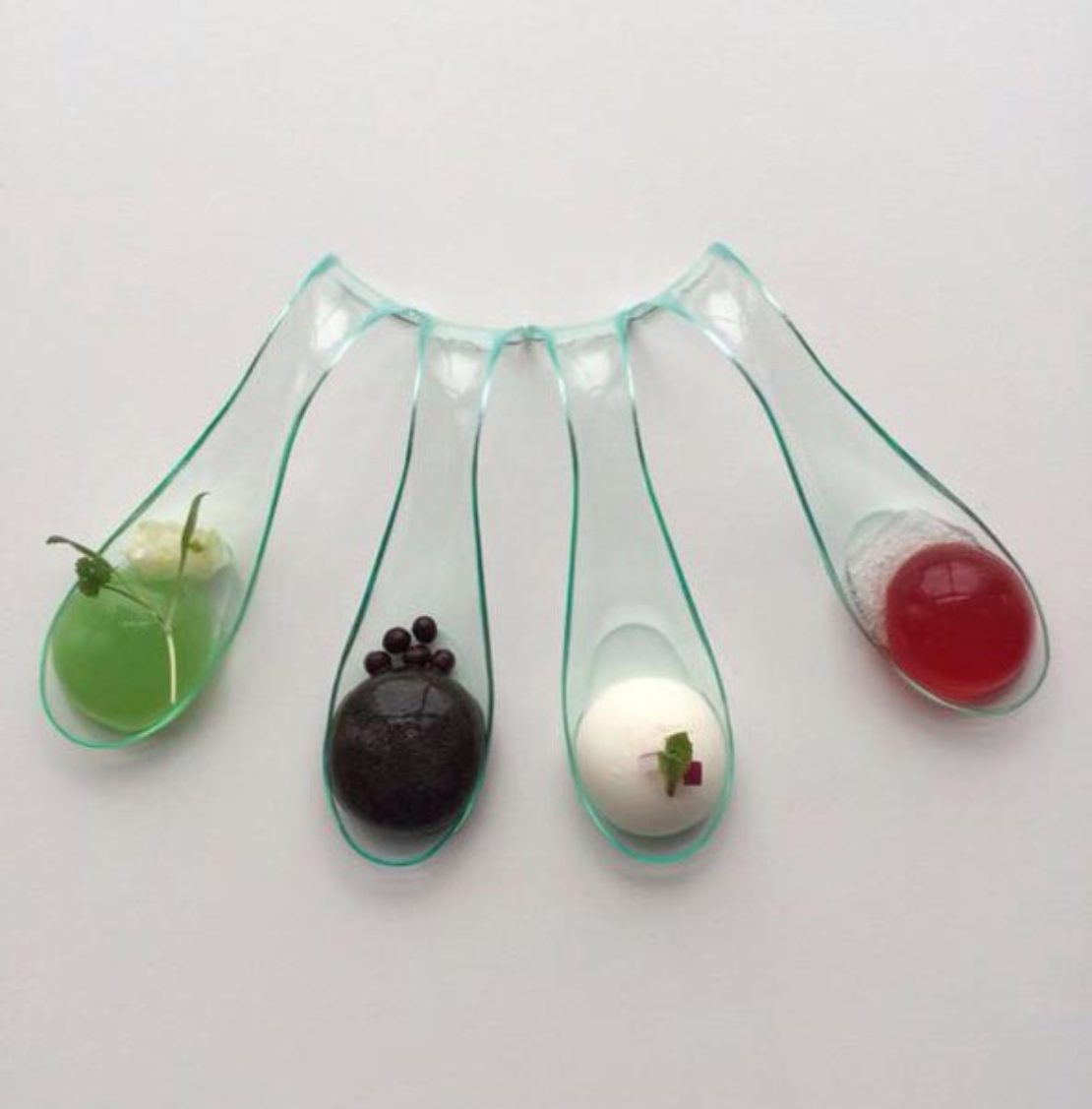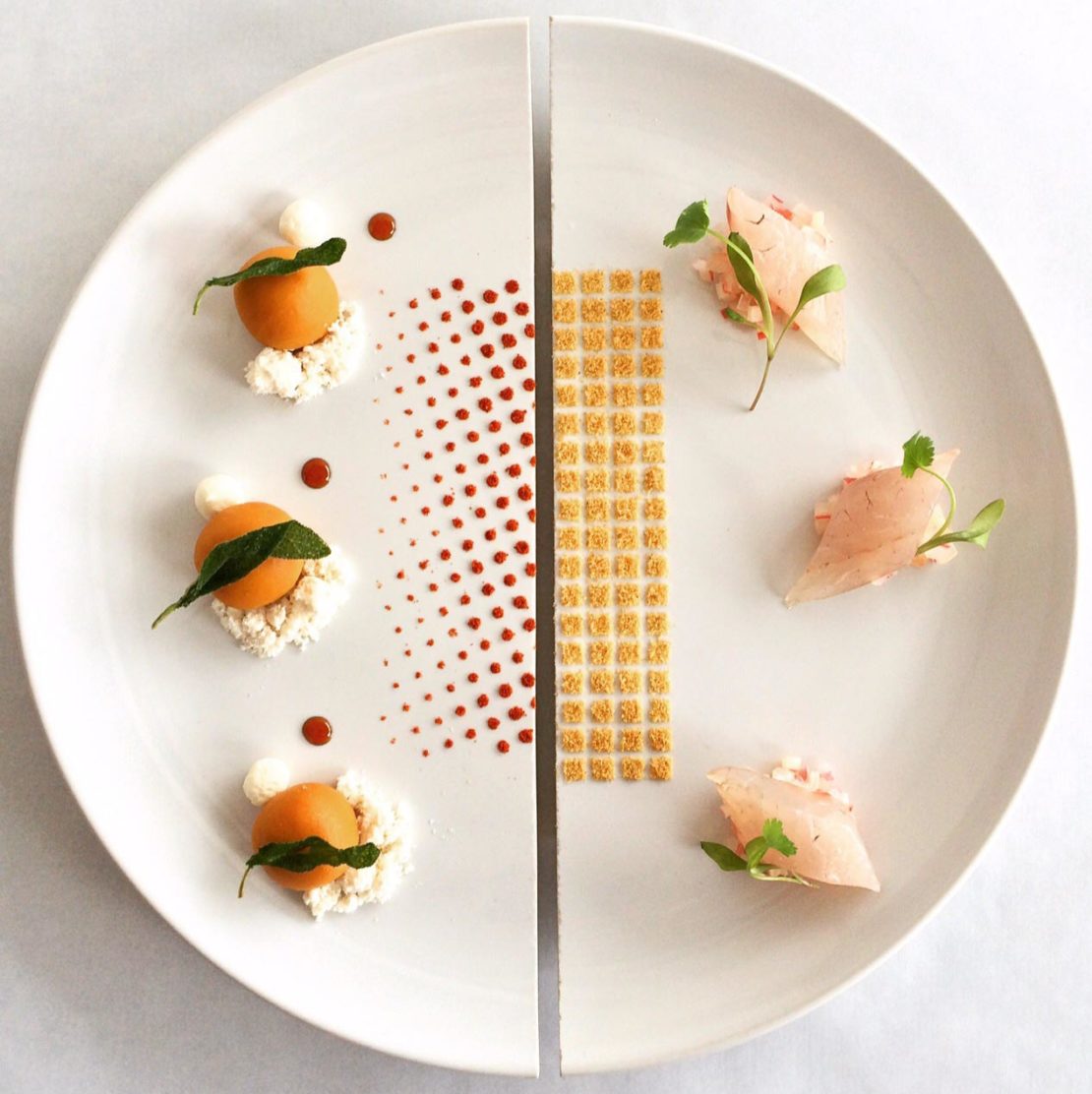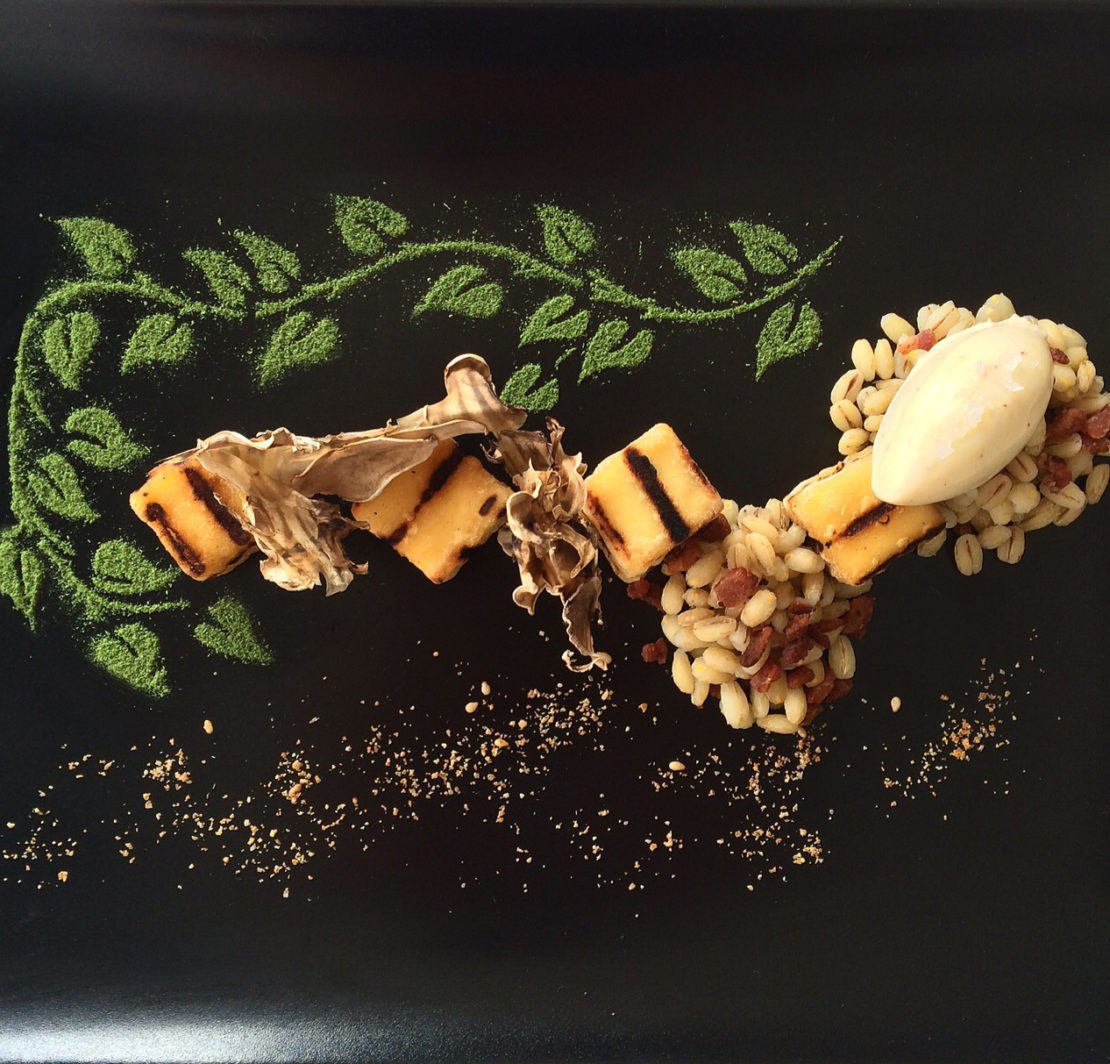A meal for the senses
Synaesthesia, a cognitive condition whereby two or more of the senses become indistinguishable, is thought to affect as little as five per cent of the world's population. For those who have it, the effects can be breathtaking.
Some synaesthetes describe seeing musical notes as an aurora of colour, others taste words they read. Sensory connections are much stronger to a synaesthete, but according to Oxford University's Charles Spence, a professor of experimental psychology, we all experience this cognitive phenomenon to one degree or another.

"Are lemons fast or slow?" he asks with a wry smile as we meet for the launch of Synaesthesia, a dining experience that stimulates the senses through synaesthetic pairings. "The answer is fast, of course, and this is a simple case of how many of us synaesthetically mix taste with speed."
This phenomenon of incongruous sensory connections (known as crossmodal plasticity), although little understood, is used to explain why many of us think of some foods as fast or slow, or why colours have different weights, for example red being heavier than yellow.
As head of Oxford's Crossmodal Research Laboratory, a centre that specialises in multi-sensory food perception and the secret weapon of brands like Häagen-Dazs and British Airways, Spence knows a few things about what makes a great dish. Along with experimental chef and founder of Kitchen Theory, Jozef Youssef, the pair have created a five course menu built around this surprising mix of the senses.
'Synaesthesia' is a dining experience where sight, touch and sound are as important as taste and smell. Every detail, from the music pairing to the size, weight and colour of the plates has been carefully considered, based on Spence's research. Past results strongly suggest that changing variables like music, light and texture – of the food and its presentation – can have an enormous effect on the way test subjects tasted the same meal.
"If the container feels rougher and warmer in the hand, it can make the food feel smoother and colder in the mouth," explains Spence.
One of their courses, The 4 Tastes, is an amuse-bouche made of four elements; sweet, sour, salty and bitter. Diners are challenged to guess which is which based purely on their appearance.

Youssef's goal is to communicate the elements synaesthetically through shape and colour, playfully encouraging diners to engage all their senses to work out whether their brains, and years of cognitive association, will be their ally in this most delicious of challenges.
"All the senses are equally important to us when developing a dish," says Youssef. "We developed a framework in which we created the dishes along with all the associated sensory attributes we wish to demonstrate, music which will be used to inspire the dish and the manner in which we will present the meal to the guest."
Another dish, Bouba and Kiki, has been designed to demonstrate the mental connections between speech sounds and the visual shape of objects. For this course, diners were told to start with Kiki and finish with Bouba – left to work out which was which on nothing more than their names.

"In many studies conducted by Oxford University the word 'bouba' is typically associated with rounder shapes and fattier, sweeter flavours," explains Youssef, "whereas the word 'kiki' is typically associated with more angular shapes and sharper, fresher flavours."
Along with dishes including Give Weight To It and Marinetti's Cubist Vegetable Patch, Synaesthesia offers a unique and delicious insight into life where sound has colour, colour has flavour, and texture has taste.
Synaesthesia runs until the end of June in London. Recipes for courses, including The 4 Tastes and Bouba and Kiki, can be found on Cookbooth.